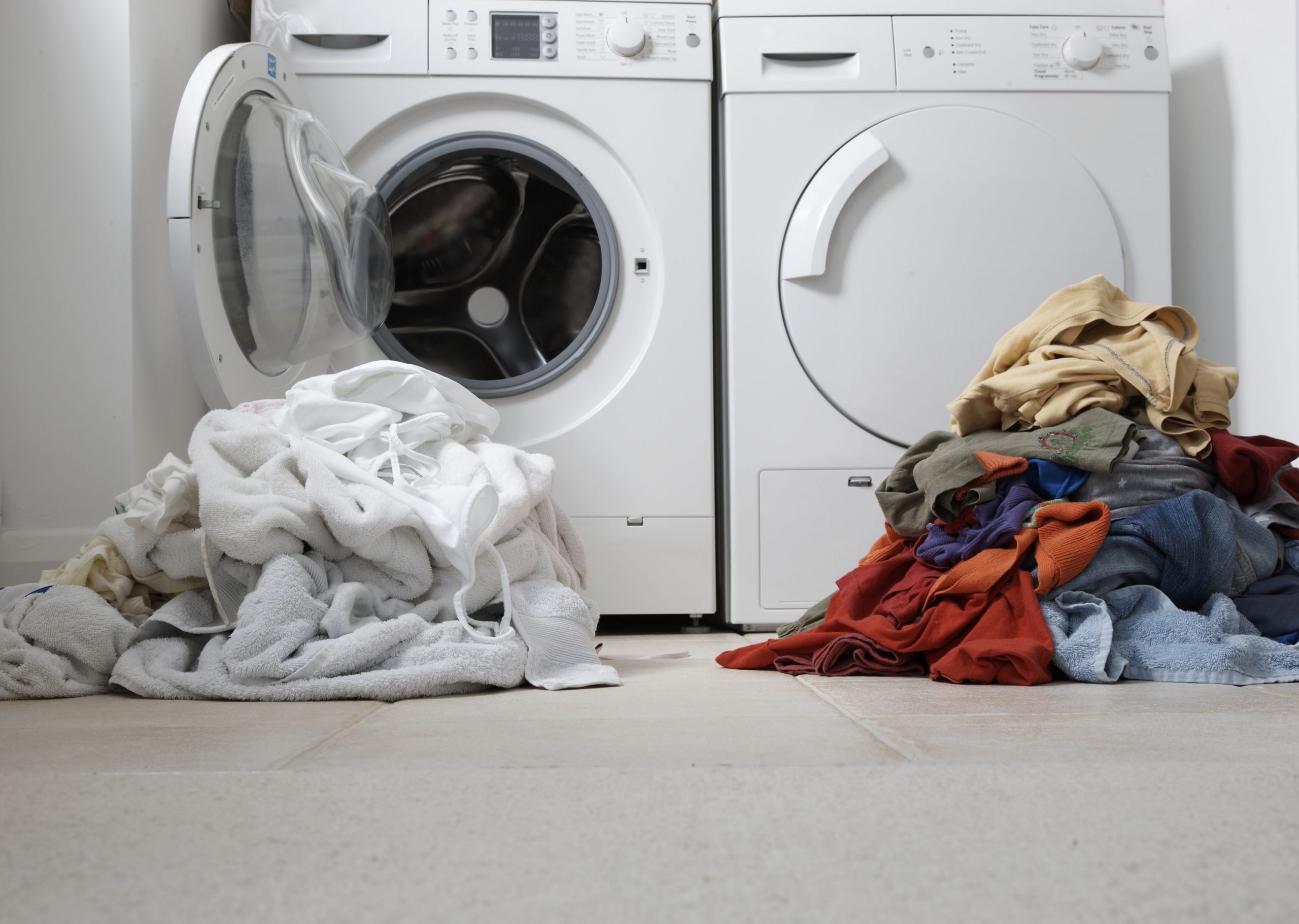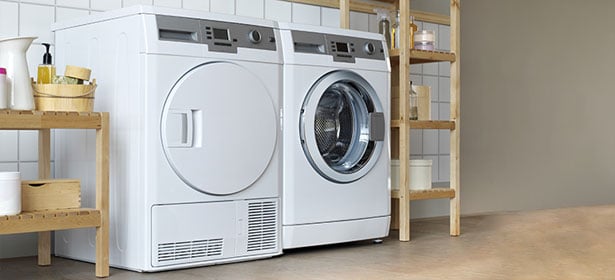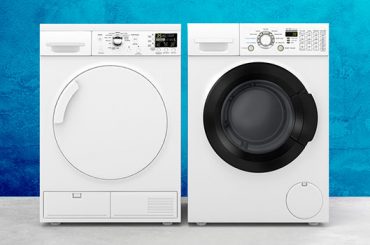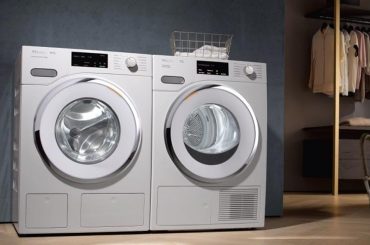Table of Contents
Doing laundry is no fun; we all hate them, especially when we have a pile of laundry by the weekend. Usually, what others do is get the laundry done in the washing machine, and they dry them in their backyard, which not only takes a decent amount of your time but also requires a lot of space. What should you do when you don’t have either of these? Tumble Dryers are an excellent investment when you have a large family and a shortage of space to dry your clothes in the sun. It is very convenient and saves a ton of time and hard work.

When it comes to buying a new tumble dryer, there are many things you must consider, such as Price, Size, Features, Energy Efficiency, and much more. Apart from this, one of the common problems people face is to choose between a Vented Tumble Dryer and a Condenser Tumble Dryer. So, if you are someone going through the same problem, then you have landed on the right page. In this blog post, we will try to clear all your doubts by listing the differences between a vented and a condenser tumble dryer along with their pros and cons.
What is a Vented Tumble Dryer?
The Vented type of tumble dryer is the old fashioned ones; however, they still pack a lot of advantages over the modern condenser tumble dryer. The significant difference between these types of dryers depends on the principle of working. It all depends on how the dryer removes water from the machine. So, how does a Vented Tumble Dryer work? It draws hot air from the room where it is located. That hot air is then blown around the drums, and the cloth spins. The warm air dries the clothes by evaporating the moisture in the material.
Once the drying is done, It physically vents out the hot air from the machine to the outside. It does it with the help of a long flexible hose that is connected to the device using a small vent or grill. You can think of it as the exhaust fan in your kitchen. This is the main reason why you see water leaving the machine from the hose in the form of steam instead of liquid. The vented tumble dryer cannot be installed near a wall or in a closed enclosure. It is recommended to install it near a window with decent space around the wall.
Vented Tumble Dryer Pros and Cons
Let’s start with the Pros; Vented Tumble Dryer is simple to operate the machine, which also doesn’t require a lot of maintenance work. Even if there is some work required, it can be done quickly and very easily. One of the biggest pros for the vented dryer is that it dries clothes much faster as compared to a condenser dryer saving you a lot of precious time. Now when it comes to pricing, they are also much cheaper and affordable as compared to a condenser dryer. Apart from this, they are also very economical to run as they only use around 1/5th of energy than a condenser dryer. Since the machine removes all the moisture out of the machine, it means there will be no smell or mildew from the dryer.
Coming to the Cons, there is not a lot, but they are worth mentioning. Vented dryers are generally considered weaker, and this is because they come with certain delicate parts such as vent hose and fixtures. These parts are very prone to damage. You can also replace these parts later on. Other than there is another major con regarding product placement. It needs a proper circulation of air, so you have to place it away from the walls and near the windows.
What is a Condenser Tumble Dryer?
Out of these two, the Condenser tumble dryer is the newest and more modern machine, but still, it doesn’t mean it is always better than a Vented type of dryer. Both of them share their pros and cons. Let’s look at how the machine works, shall we? A Condenser tumble dryer works slightly differently, and you can say that it works like a dehumidifier for clothes. Instead of venting the moisture to the outside, the dryer collects all the water in a tank (Commonly called the reservoir). It does it by condensing the warm air from the wet clothes into the water. Once the process is done, the water is then sent into the reservoir.
After the water tank is full, you have to remove the water and empty the tank for further use. Most of theBest Condenser Tumble Dryers feature an alert system which reminds you when the tank is full and needs to be cleaned. We recommend you to empty the water tank after each use. This can be a tradeoff for a lot of people, but there are a lot of advantages to getting this type of dryer. One of them being the ability to put this dryer anywhere; unlike the kind of dryer vented, these don’t need to be placed away from walls or near the window.
Condenser Tumble Dryer Pros and Cons
Condenser tumble dryers can be placed anywhere you want. This is one of the biggest pros as compared to the Vented tumble dryer. Since these don’t require any outside air, you can place them as close to walls, and they will work flawlessly without any issue. You don’t have to worry about making holes in the walls for hoes. You can also place it inside a cabinet or hide it in your interior design. Moving on, you get special features like dedicated drying modes for different types of fabric types and variable speeds. As these are the modern face of dryers, they are always in development, and new features are adding to it regularly.
Coming to the cons, Condenser dryers are expensive initially, and they are less energy efficient. So, you have to pay more beforehand and also pay high electricity bills. They also take quite a long time to dry the clothes than vented dryers. On top of that, they are a bit complicated, which means there are a lot of things which can go wrong.




1 Comment
Could you please share your thoughts about which type of dryers are more prone to breakdown and which one is easier and cheaper to repair? I used to have a condenser dryer and it was working good however, I repaired it 3-4 times within last 7 years.